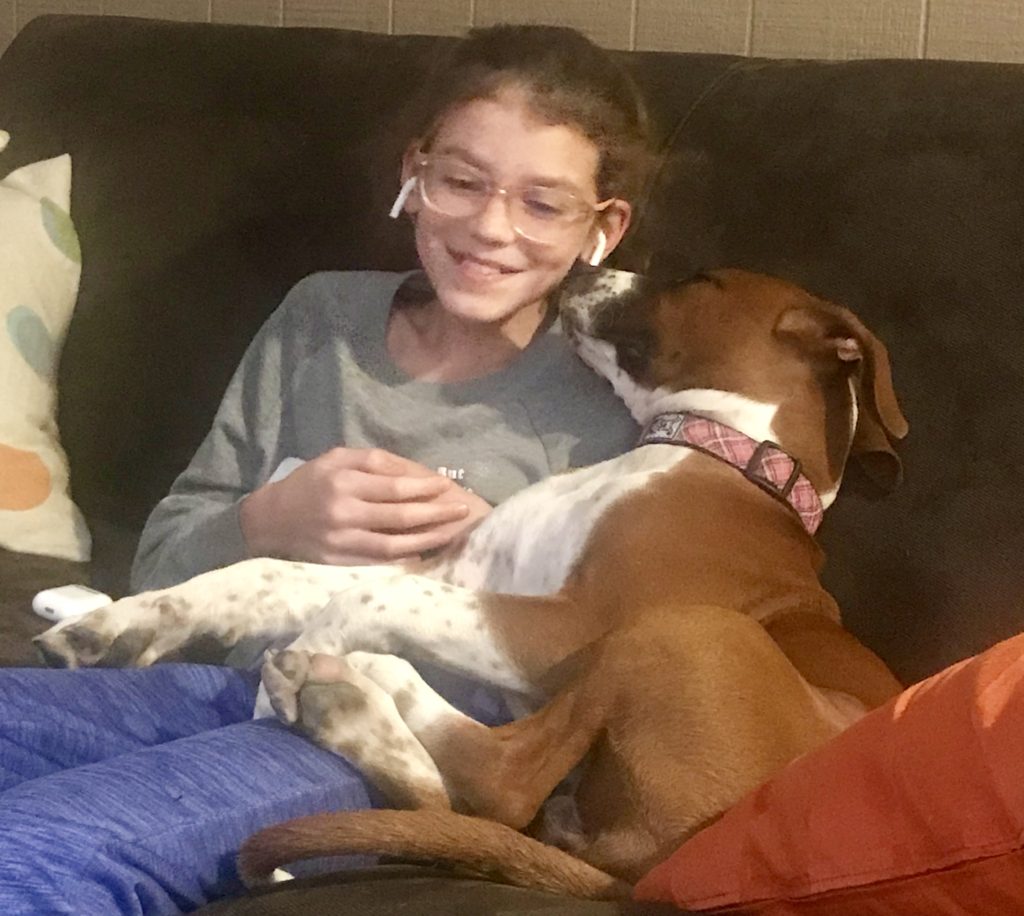hello.
What I want to do is tell you about Bilbo Baggins and the butterflies. He’s in this forest – I’m not sure why; I don’t think he knows why, either – and he’s been told to go climb the tallest tree in an effort to get the crew the f- outta there (man-eating spiders inhabit this forest, hence the reference to the mother of all swear words).
Bilbo does, because he’s the robber, and the Took side is apparently still winning, and at the top of the tree he feels the sun for the first time in days. He enjoys the wind. And he sees butterflies.
The scene lasts maybe five paragraphs. It’s in the middle of the chapter. A whole bunch of significant stuff happens after that that’ll move this story forward but for a moment Bilbo feels the sun, and the breeze, and he sees butterflies, and it stops him, for just a minute.
And if we let it, for just a minute, we can take a pause, too.
A writer asked me last week how much setting should be put into our stories. I said we need to know where we are, but setting should also be used to create scene. That is, we should use where we are to evoke – to make the reader feel something. In the butterfly scene, Bilbo is so overcome by what he feels and sees he must hold still for a long time so that he can bear it.
Maybe that’s the better answer – your setting should make your readers see and feel something that they need to hold still long enough to bear the beauty you’ve rendered onto paper. The only way for writers to do that is to see and feel and hold still first.
I’m wondering if Tolkien put the scene in the middle of the chapter to tell us that finding and experiencing beauty isn’t the happy ending, rather, it’s the way to get through the rest of the story.
Writing in October:
I started writing fiction, and I am loving this little project. You can read the first chapter here, and chapter two here.
I wrote an essay about a note I wrote to myself and then found it years later stuck in Patricia Hampl’s book, I Could Tell You Stories. You can read “Hope for the Mighty Bird,” here.
Other stuff: “Consider the Pumpkin Vine,” and, “Do Something You Love and Tell About it.”
read well.
Enjoyed I Miss You When You Blink by Mary Laura Philpott
I also read the Young Adult novel Comics Will Break Your Heart, a book I picked up for Hadley in March at Quail Ridge Books, a delightful bookstore in Raleigh. The book takes a similar arc to Romeo and Juliet though the ending is nowhere near as tragic. It’s a sweet story.
offerings.
It’s not to late to try out the Gratitude Writing Challenge. Find it here.
Sonya Spillman and I will run our Reading Well + Writing Well course in January. You can find out more about it and sign up here.
Jenn Batchelor and I will teach Advanced Storytelling in January as well. For more information, go here.
Pep Talks Volume 1 and Volume 11, Writing Intensives, and the Everyday Challenge are also available.
I’m thrilled to be a part of the Rhythm Project, put on by the lovely Katie Blackburn. She’s put together a year of listening, praying, and writing prompts sure to inspire, challenge, and encourage us.
local.
This month’s offerings come to you from Corby, who would like you to know that all you need to do to make her happy is take her to Swift Run Dog Park. It’s exactly how it sounds. I took Corby there recently and stood in the giant field while dogs ran 5,000 miles an hour in God only knows what direction (honestly, I don’t think He knew, either). I leaned over to Harper and said, “Six months ago this would’ve been my worst nightmare.”
But here we are.
Hoping these next days bring us countless butterflies to help us with our stories.


Leave a Reply